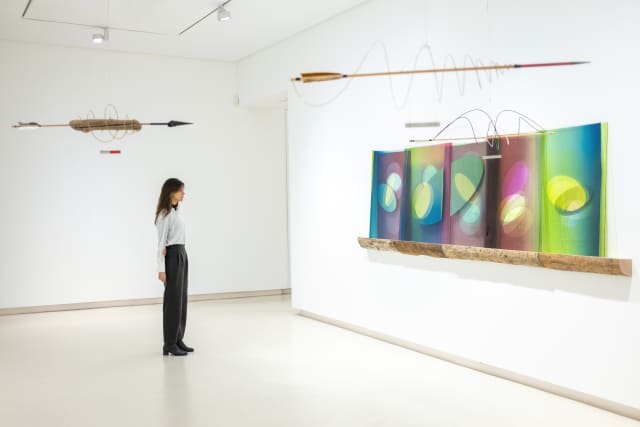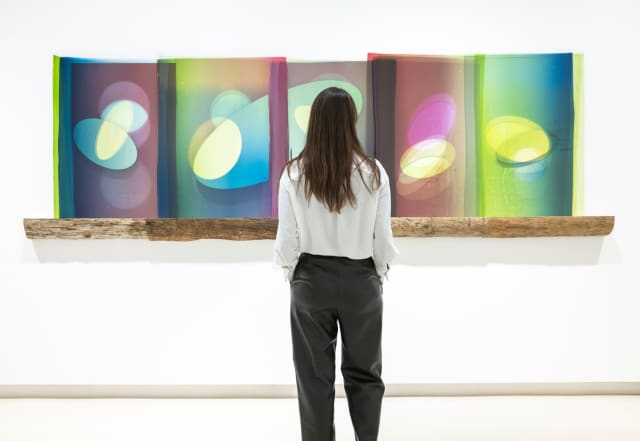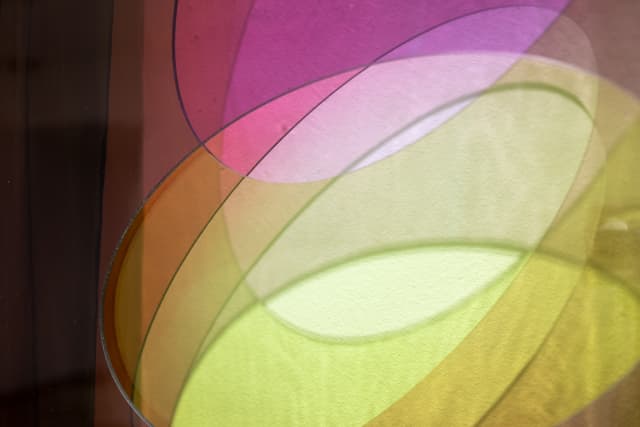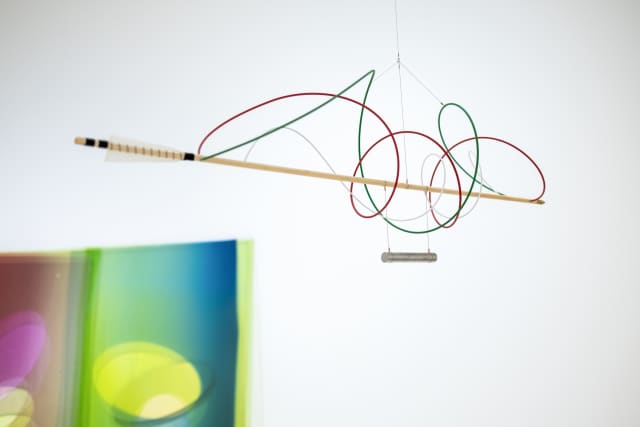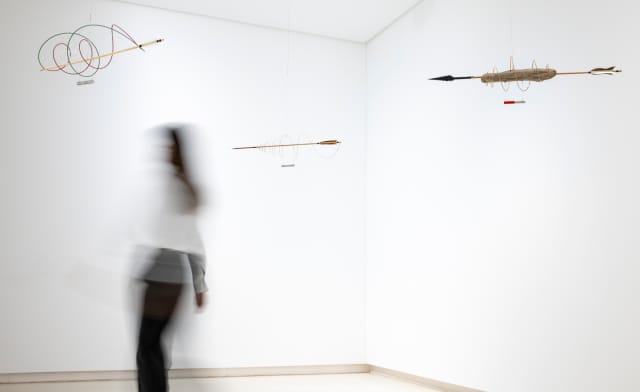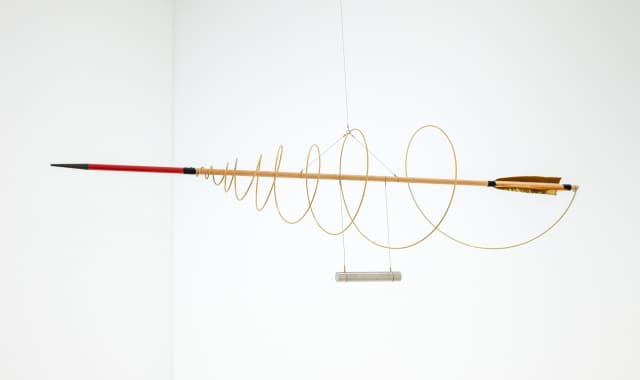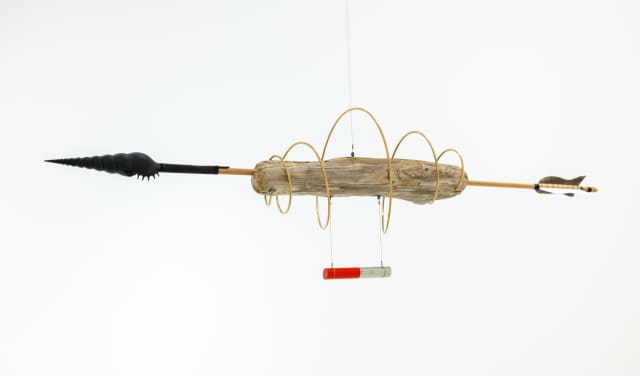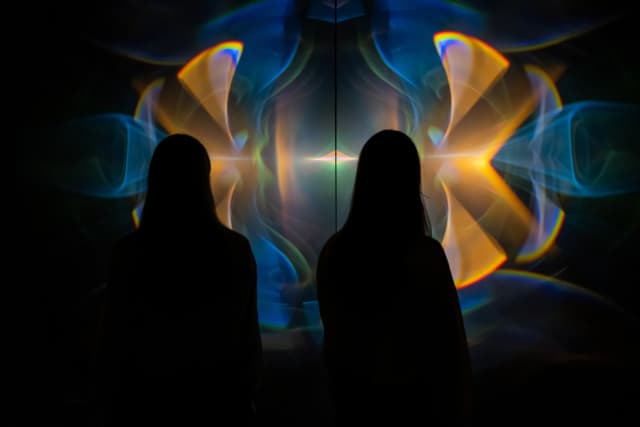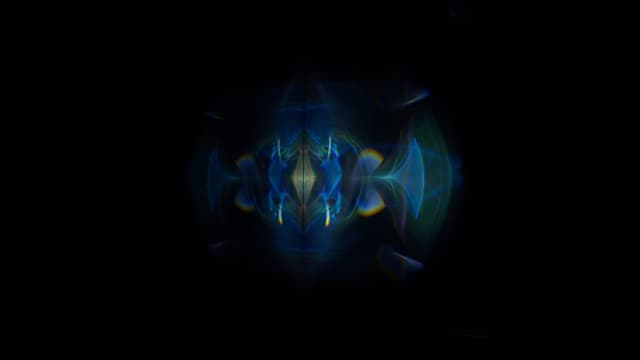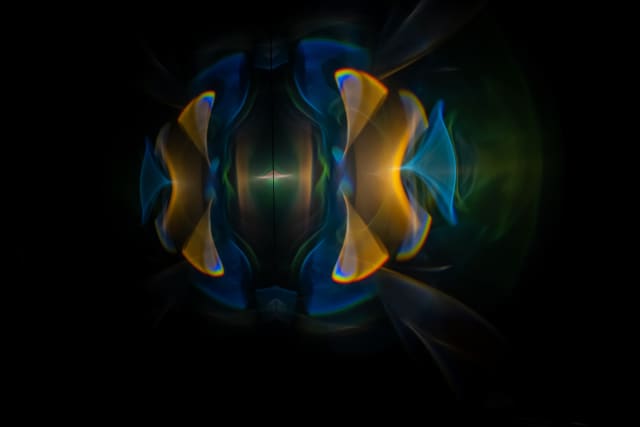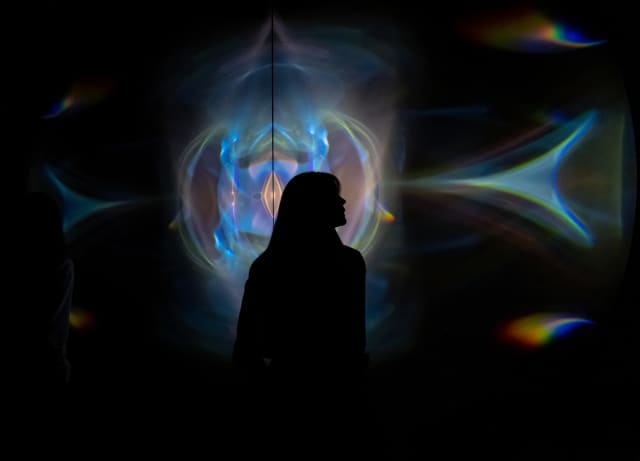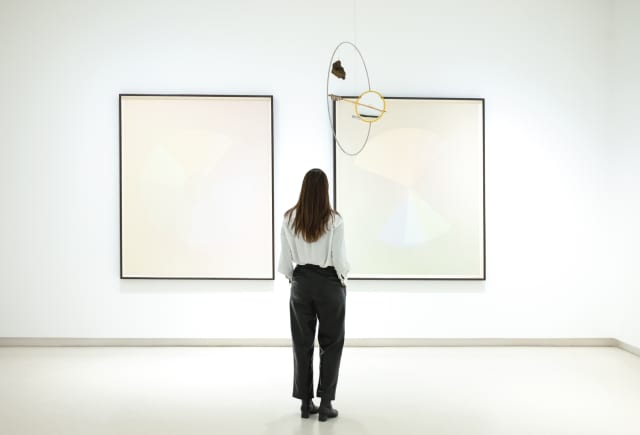Artist Statement
Walking through the Icelandic Highlands or across a glacier, trying to find my way through an open landscape, I rely on a small circular instrument to navigate – a compass! The needle’s steady indication of magnetic north allows me to situate myself in relation to a map or landmark, locating me within a context and in relation to a world beyond what I can immediately see. It allows me to enter uncharted terrain without being truly lost. In my art, I often work with the compass as a navigational tool. It links us both to our destination and to our current location. But it doesn’t simply show us which way to go; it is about how everything else is organised too. Compasses orient us not only geographically but also socially. The particular visual sensation of the compass is something we share; it binds us to one another through our subjective, yet shared experience. This is something I know from childhood: the compass at home obeyed the very same magnetic phenomenon as the one my father, who, a cook on a fishing boat, used to navigate when he was away at sea.
In Navegación situada, I hope to place our sense of place and of being present under loving scrutiny. Walter D. Mignolo, an Argentinian literary theorist and specialist on decolonial theory, rephrased the Cartesian I think therefore I am as I am where I do and think[1]. This is such a radical shift from what I have been brought up on. Thinking, doing, and place are fundamentally entangled. Being conscious of where I am is the first step to knowing who I am and to addressing fundamental questions of existence. But knowledge can only ever partial. The feminist and biologist Donna Haraway, whose work I admire, talks about ‘situated knowledges’: knowledges – in the plural – that are embodied and arise through your entanglement with a particular site, in a particular culture, and at a particular time. This is something I’ve only recently begun to recognise properly although I’ve long worked with the idea that vision, for instance, is embodied and particular, and that our entire sensorium facilitates how we connect with our specific surroundings and what we experience as our surroundings.
The exhibition explores where we are now and how we navigate – in our everyday lives and in the highly complex world of today. One thing is to inquire into our sense of presence; another is to consider where we are going and what the future will look like. In Navegación situada, the series of Compass travellers and the watercolours, reminiscent of clocks or radars that emerge from thin layers of luminous colour, invite you into open-ended terrains. There’s only a slight risk of getting lost. Self-reflection and partial knowledge may accompany you.
Olafur Eliasson
[1] The Darker Side of Western Modernity, 2011, Duke University Press, p. 58
| Exhibition details | |
Duration |
January 20 - April 2, 2022 |
Location |
Galería Elvira González, Madrid, Spain |
